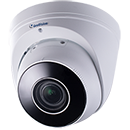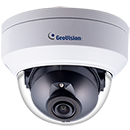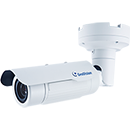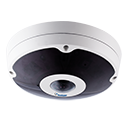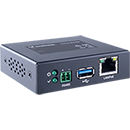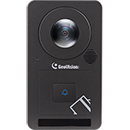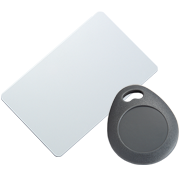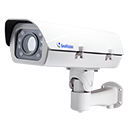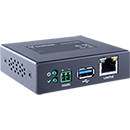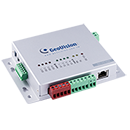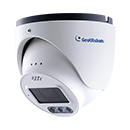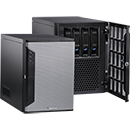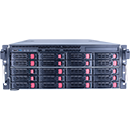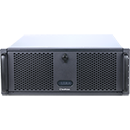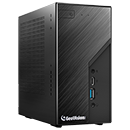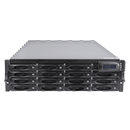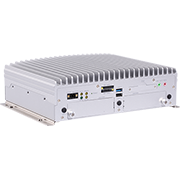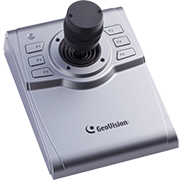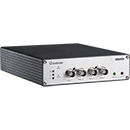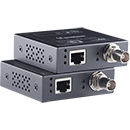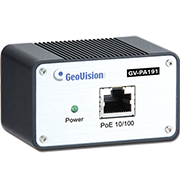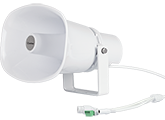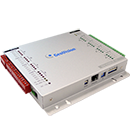
In the previous article we talked about the group of people who can enjoy from NVR and VSaaS. Now we will cover the rest of this article here.
Does VSaaS Really Save Money in the End?
One of the main value propositions of getting video-as-a-service is the amount of savings the end user may enjoy by not having to pay for the hardware equipment, software licenses and associated maintenance and repairs. But is that really the case?
In certain scenarios, money can indeed be saved. Most of the service providers use a ‘pay as you go for what you use’ approach. You are only paying the part of the whole server infrastructure, plus you have the flexibility to expand it without wasting the current investments at hand. For residential and smaller business customers, annual total cost that they are paying to the service provider is still cheaper when compared to acquiring an on-site solutions (NVR). For instance, a 2-camera system with a monthly service fee of US$20 per camera would have a year cost of $480. That is way below the cost of dedicating a PC and the setup involved in configuring the video surveillance software and enabling remote access.
Yet for the most part, the question whether VSaaS can help end users save is not so clear cut and depends on various factors.
VSaaS can be costly. The price varies depending on the features of the plan – that is, the number of cameras, amount of storage and software features. It can be costly for large setup of cameras.
It depends on the number of cameras, how many days you want to keep the files and whether you want constant recording or based on motion detection recording.
There may be some savings on the costs of servers and storage at smaller facilities with only a few cameras. However, at larger facilities with many cameras, the ‘per camera’ cost of VSaaS would quickly offset any savings in server and storage costs. At smaller facilities with a small number of cameras, the ongoing costs of VSaaS service would likely be considered reasonable given the benefits that this service provides. However, at larger facilities with many cameras, it would likely still be more cost effective to use an on-premises solution such as an NVR.
What to consider when choosing between NVR and VSaaS
So, when it comes to choosing between NVR and VSaaS, what factors should the end user consider?
- The number of cameras;
- The resolution, FPS and compression that will be used for each camera;
- System retention times (for example, will be recording need to be stored for 30 days versus 60 or 90 days)
- Is the recording done continuously or on an event basis? How often are the events expected to take place and for how long?
- How often the recordings are accessed and by how many users?
- Are there any analytics application that need to be used?
- What are the specifications of the available internet connection (for example? up/down speed.)
In-house IT capability
Another factor to consider is whether the end user has enough in-house IT capability to handle all the equipment on-premises. It is essential to review all hidden costs (power, real estate, air-conditioning) and available skills. The full software stack needs to be patched and upgraded – so the skills and resources must be available. Hardware also needs to be maintained as it will age-out over time and moving parts such as hard-drives can fail and need replacing.
Security
The level of importance that the user attaches to the security of their video data is another critical factor at play. They need to determine how much risk they are willing to take by having only onsite storage.
With increasing threat levels to data security, it is vital that they have to fully explore what is involved in each of the delivery options offered by vendors. Look at the way in which they deliver cloud and how secure it is, as not all services are created equal.
Many end users have been slow to migrate to VSaaS and eliminate their on-prem or hybrid architecture for many reasons, including fears over data privacy, network security, lack of control and accessibility, and costs associated with storage and the migration of other systems for interface. While certain elements of these concerns are unfounded, others are justified depending on the end-user’s profile.
In the end, each user scenario is different, and choosing which architecture, NVR or VSaaS, to deploy ultimately rests upon the user’s own circumstance. I think it’s really clear about the cost of both systems, availability of each system, monthly fee the user needs to pay for both solutions, so it’s dependent on which one matches their needs and requirement.
The user needs to understand and evaluate each of the video surveillance solution options available for them. They should consider each of the parameters like security, reliability, size and scalability, remote access, QoS and cost while evaluating these solutions. Choice of choosing a particular solution or combination of solutions should be based on the user’s need vs score given to various solutions available.
Adapted from a&s Magazine
